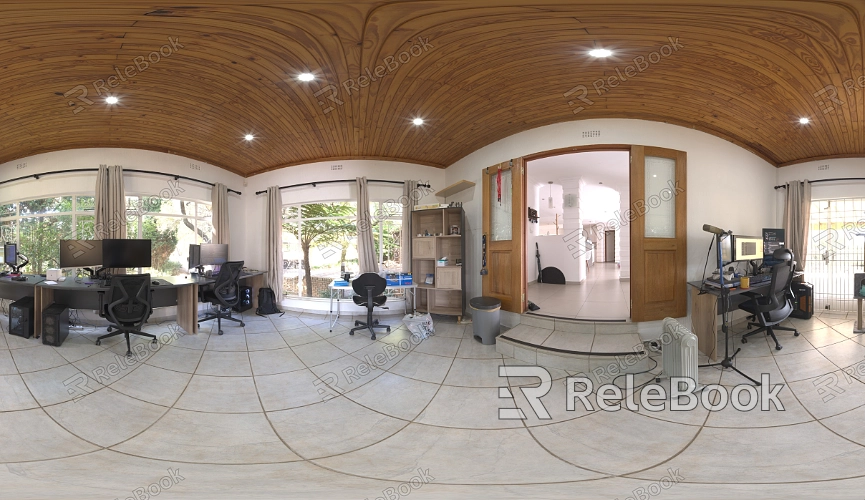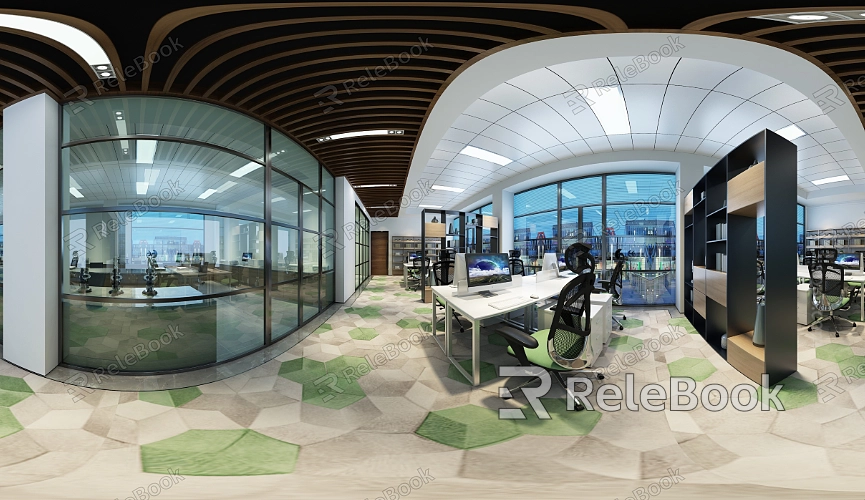Can I Use Custom HDR Textures in Unity for Environment Lighting?
In game engines like Unity, environment lighting often relies on HDR textures to enhance the realism of lighting and significantly improve rendering quality. When using custom HDR textures, designers typically face challenges around proper configuration and application. This article will explore how to use custom HDR textures for environment lighting in Unity and provide common practices and tips for optimal results.

Basics of HDR Textures and Environment Lighting
HDR textures are different from traditional image types as they can store light intensity information that exceeds the standard color range. In Unity, HDR textures are typically used for environment lighting, especially in settings like skyboxes and reflection probes. These textures allow for more precise lighting calculations, simulating the lighting effects seen in the real world.
Unity allows for custom HDR textures to control global illumination within a scene. By leveraging these textures, developers can create more detailed lighting effects, contributing to a more immersive virtual world. Often, HDR textures are designed as 360° panoramas, providing an all-around light source for environment illumination.
How to Import Custom HDR Textures into Unity
To begin using custom HDR textures in Unity for environment lighting, you first need to import the HDR texture into your project. Here's how:
Drag the HDR image into Unity’s Asset folder.
Select the texture, and in the Inspector panel, set its type to Texture. Ensure the HDR option is checked.
If the texture format is unsupported, Unity will prompt you to convert it to a supported format. Choose a suitable high dynamic range file format, like .hdr or .exr.
Once imported, the texture can be used directly for setting up environment lighting.
Setting Up HDR Textures as Light Sources
After importing HDR textures, they can be applied to environment lighting in the following ways:
Applying HDR Textures Through Light Probes
Light probes in Unity simulate environmental lighting. You can set an HDR texture as the light source for light probes, allowing scene objects to be illuminated by this light. Here’s how:
Select a Light Probe Group in your scene.
In the Lighting panel, set the Skybox type to HDR.
Drag and drop the custom HDR texture into this slot to use it as the environment light source.
This method lets you use panoramic HDR textures as the base for environment lighting, impacting all objects in the scene in real time.
Using HDR Textures for Reflection Probes
Reflection probes are another tool in Unity to enhance lighting effects. By using an HDR texture for reflection probes, you can improve the lighting and reflection effects on object surfaces in your scene:
In the Lighting settings, find Reflection Probes.
Create a new reflection probe and set its type to Custom.
Assign the HDR texture to this probe, so the reflection effects in your scene will be influenced by the texture.

Configuring Dynamic Environmental Lighting
For scenes requiring dynamic lighting effects, HDR textures can also be adjusted dynamically through environment lighting. Using scripts, you can control the intensity and tone of environment lighting, allowing it to respond to changes in time, weather, or the scene. This dynamic adjustment is essential for creating effects like day-night cycles or varying weather conditions.
Optimizing Performance with HDR Textures
While custom HDR textures can significantly enhance lighting effects, they can also impose a performance burden. To ensure smooth operation across different platforms, designers should optimize HDR textures:
Reducing Texture Resolution
Higher-resolution HDR textures require more computational power and memory. Setting an appropriate resolution for the textures during import can help optimize performance without compromising visual quality.
Using Compression Techniques
Many HDR texture formats support compression. By using compressed formats like the .exr compressed version, you can reduce file sizes and improve loading speeds.
Limiting the Dynamic Range of HDR Textures
Although HDR textures can contain a wide range of brightness values, limiting their dynamic range to a reasonable level can reduce unnecessary computation, further optimizing performance.
Compatibility Across Different Platforms
The performance of HDR textures can vary across platforms. For example, mobile devices usually have lower graphic performance than PC platforms, meaning you may need to adjust how HDR textures are applied based on the device's capabilities. When developing for mobile, consider using lower-resolution HDR textures or enabling optimization settings in the graphics settings to improve rendering efficiency.
Using custom HDR textures for environment lighting not only enhances the realism of lighting effects but also significantly boosts the immersion in a scene. Applying these textures in Unity requires certain setups and techniques, including correctly importing the textures, configuring light probes and reflection probes, and optimizing performance. By mastering these methods, designers can achieve superior lighting effects in various 3D rendering projects. If you're looking for high-quality HDR images, 3D textures, or models for creating your environments, Relebook offers a rich selection to help you achieve outstanding visual effects in your projects.

